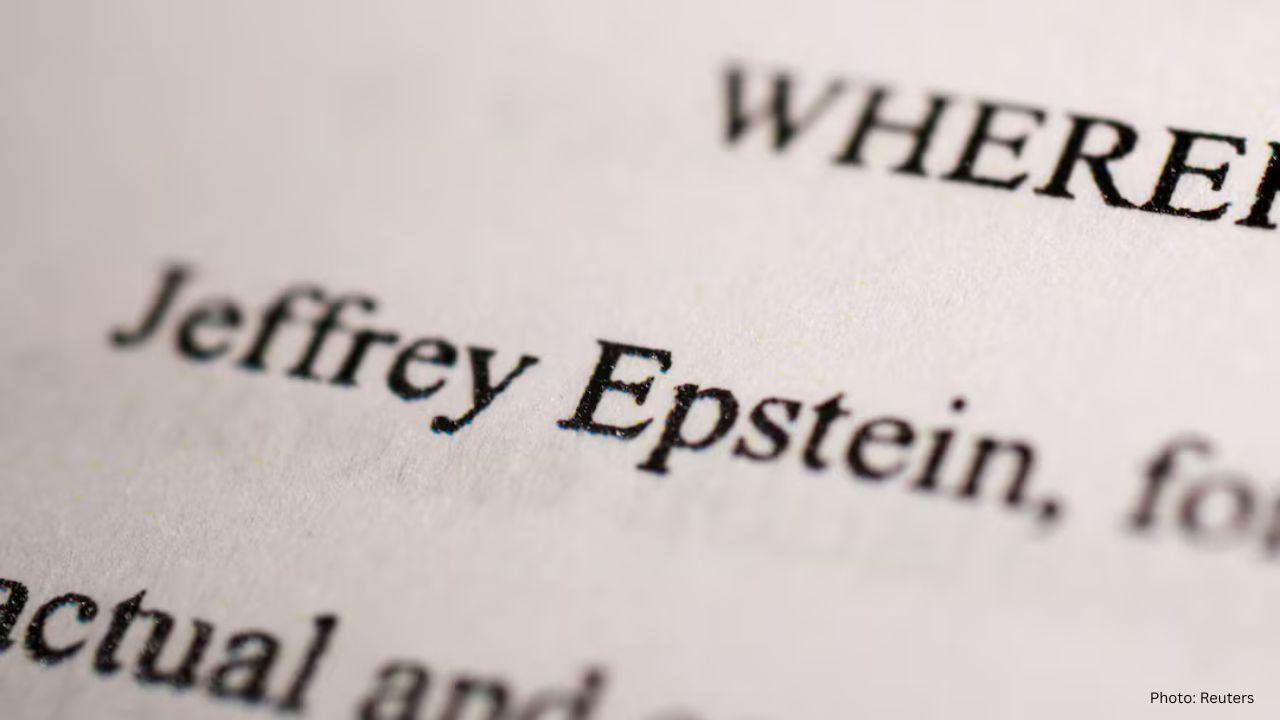You have not yet added any article to your bookmarks!

Join 10k+ people to get notified about new posts, news and tips.
Do not worry we don't spam!

Post by : Anis Farhan
The media industry is undergoing a dramatic transformation as artificial intelligence becomes a central part of news production. From generating headlines to writing short news summaries, AI tools are already being used by major organizations to cut costs and boost efficiency. Yet, the growing presence of machines in newsrooms raises a critical question: can AI ever replace human reporters? While technology is undeniably powerful, journalism is not just about delivering facts. It is about investigation, empathy, storytelling, and trust — elements deeply tied to human judgment.
AI is no longer a futuristic concept in journalism. News agencies across the globe are already deploying algorithms to automate certain tasks. For instance, some outlets use AI to write earnings reports, sports recaps, and weather updates. These tasks are repetitive, data-driven, and relatively easy for machines to handle. Algorithms can sift through thousands of documents, spot patterns, and even generate short reports in seconds.
The biggest advantage of AI lies in speed and scale. A human reporter might take hours to analyze a financial statement, but AI can do it in seconds and produce multiple variations of a news story. In breaking news situations, this ability can be invaluable. Audiences demand instant updates, and AI can provide them with minimal delay.
However, the same strength of AI also reveals its weakness: it works well with structured data but struggles with nuance. Journalism often requires reading between the lines, analyzing motivations, and asking uncomfortable questions — tasks that are inherently human.
There are undeniable benefits to AI in journalism:
Efficiency: Machines can produce thousands of stories quickly, reducing workload for human staff.
Cost-effectiveness: Smaller newsrooms can use AI tools to cover routine beats without hiring large teams.
Data processing power: AI can analyze vast datasets — from social media trends to election results — much faster than humans.
Personalization: Algorithms can tailor news delivery to individual readers based on preferences and behavior.
For publishers under financial strain, these advantages can seem irresistible. AI reduces overheads, expands coverage, and meets the modern demand for instant information.
Yet, journalism is not just about reporting what happened. It is about uncovering why it happened, how it affects people, and what the consequences might be. Machines, no matter how advanced, lack the ability to empathize or question authority in the way a human journalist does.
When a natural disaster strikes, an AI can generate a quick report on casualty numbers and property damage. But only a human reporter can walk into a devastated community, listen to survivors’ stories, and translate those emotions into powerful narratives. That human connection is what builds trust with readers.
Moreover, journalism plays a watchdog role. Reporters challenge governments, corporations, and institutions, often at personal risk. AI lacks the moral compass and courage required to confront power structures. A machine can process information, but it cannot take a principled stand.
Another pressing issue is ethics. AI tools are only as good as the data they are trained on. If the training data contains biases, the generated content may also reflect those biases. In journalism, where fairness and accuracy are paramount, this poses a serious risk.
There are also concerns about misinformation. Generative AI can produce convincing but entirely false stories. If not carefully monitored, this could damage public trust in media even further. Audiences are already skeptical due to the rise of fake news, and widespread AI-generated content might deepen that distrust.
Transparency is another challenge. Should readers be told when an article is written by a machine? Should AI-generated stories carry a special label? These questions remain unresolved, but they highlight the complexity of blending automation with journalism.
The investigative side of journalism is perhaps the hardest to automate. Breaking a major corruption scandal, uncovering hidden networks, or analyzing leaked documents requires not just data analysis but also courage, intuition, and human relationships. Sources talk to journalists because they trust them, not because of algorithms.
At the same time, innovation in journalism often comes from human creativity. Whether it is experimenting with narrative forms, using immersive technologies like virtual reality, or blending investigative work with multimedia storytelling, these innovations are fueled by imagination — something AI cannot replicate.
The future of journalism may not be about machines replacing humans but about collaboration. AI can take over repetitive, time-consuming tasks, freeing up human journalists to focus on deeper stories. Instead of writing short weather updates or summarizing sports matches, reporters can devote their energy to in-depth investigations and creative storytelling.
Already, some newsrooms are adopting this hybrid model. Machines handle the basic coverage while humans add the context, analysis, and emotional depth that readers crave. This partnership could be the most practical path forward.
Trust is the currency of journalism. Audiences need to believe that what they are reading is accurate, fair, and grounded in human judgment. AI, however efficient, lacks accountability. If a machine makes an error, who is responsible — the newsroom, the software developer, or the algorithm itself?
Human reporters are not perfect either, but they operate under ethical codes and professional standards. Readers can hold them accountable. This accountability is crucial in maintaining credibility. Without it, journalism risks becoming just another stream of unverified content.
Looking ahead, it is unlikely that AI will fully replace journalists. Instead, it will redefine the profession. Reporters may increasingly become curators, editors, and investigators rather than simply news writers. Machines will handle the basic reporting, while humans will focus on interpretation, storytelling, and accountability.
Universities and training institutions are already adapting. Future journalists are being taught not just reporting skills but also how to work alongside AI, verifying its output and using it as a tool rather than a competitor. The industry is moving toward a blended model where human creativity and machine efficiency coexist.
While AI has the potential to revolutionize journalism, it cannot replace the human voice that gives news its soul. Machines may help tell us what happened, but only humans can explain why it matters. The core values of journalism — empathy, courage, curiosity, and accountability — remain beyond the reach of algorithms.
The rise of AI should not be seen as the end of journalism but as an opportunity to reshape it. Reporters who embrace technology while holding on to their ethical and human values will remain indispensable. Ultimately, machines can assist, but storytelling belongs to people.
This article is an editorial analysis intended for informational purposes. It reflects current trends and debates in journalism but does not represent the views of any specific organization. Readers are encouraged to seek multiple perspectives for a well-rounded understanding of the topic.










China Claims India-Pakistan Peace Role Amid India’s Firm Denial
China claims to have mediated peace between India and Pakistan, but India rejects third-party involv

Mel Gibson and Rosalind Ross Split After Nearly a Decade Together
Mel Gibson and Rosalind Ross confirm split after nearly a year. They will continue co-parenting thei

Rashmika Mandanna, Vijay Deverakonda Set to Marry on Feb 26
Rashmika Mandanna and Vijay Deverakonda are reportedly set to marry on February 26, 2026, in a priva

FIFA Stands by 2026 World Cup Ticket Prices Despite Fan Criticism
FIFA defends the high ticket prices for the 2026 World Cup, introducing a $60 tier to make matches m

Trump Claims He Ended India-Pakistan War, Faces Strong Denial
Donald Trump says he brokered the ceasefire between India and Pakistan and resolved eight wars, but

Two Telangana Women Die in California Road Accident, Families Seek Help
Two Telangana women pursuing Master's in the US died in a tragic California crash. Families urge gov